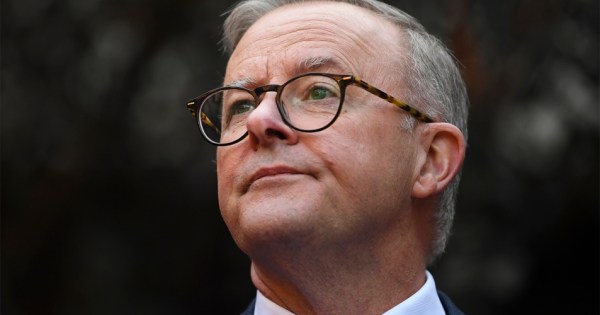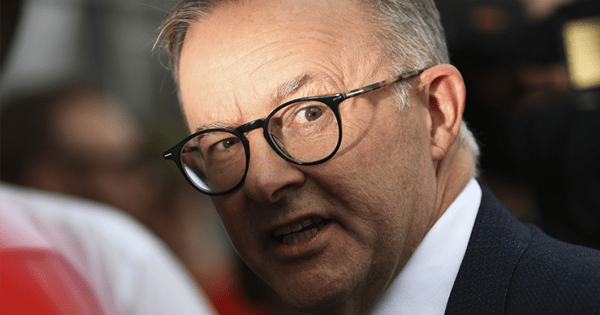By Stephen Mayne, proud owner of 35 BHP Billiton shares
The Big Australian, formally known just as BHP, could have been a
global energy powerhouse by now if its dopey directors of days gone by
hadn’t been so blinkered in their outlook when it came to oil and gas opportunities.
Crikey has talked about, but never delivered, a definitive
“why did I sell” list for Australian corporates, but there’s now
absolutely no doubt that BHP would be top of the pops for its crazy
decision in 1990 to dump a 30% stake in Woodside Petroleum.
The numbers are quite staggering. After blowing its construction
budgets, the North West Shelf finally started producing LNG in 1989. In January
1990, BHP announced it wanted to sell its 40% stake when it was valued
by the market at $880 million. However, Shell also owned 40% and had pre-emptive rights, so it
insisted BHP could only sell to passive institutions and the Big
Australian had to retain a 10% stake.
In hindsight, Shell must be absolutely kicking itself for not buying
BHP’s stake, but the bigger blunder was BHP selling as it sold 200.2
million shares to broker BZW at just $2.62 a pop.
Fast forward 15 years and Woodside shares have soared $3.01 to $33.40
after the announcement to fast-track development of the Pluto gas
reserve, which is just 90km from the North West Shelf fields
which Woodside operates. This 10% surge left Woodside worth $22.6
billion, so those same 200.2 million shares are
today worth $6.68 billion. Therefore, BHP’s foregone profit is $6.16
billion
given that it only pocketed $525 million from the sale.
BHP sold its remaining 10% Woodside stake for $318 million or $4.76 a
share on 31 October 1994 – the same day Shell dumped a 5.8% stake,
reducing its holding to the current level of 34%.
If Shell had bought the original BHP stake, and held on to it, it would
today own an 80% stake in Woodside worth $18.1 billion. Instead, it has
a minority 34% stake worth $5.42 billion, so its foregone profit is
about $12 billion.
Minority Woodside shareholders should be delighted Peter Costello
rejected Shell’s attempt to lift its stake from 34% to 56% in 2001 at
just $14.20 a share. Those 80 million shares Shell wanted are today
worth $2.7 billion, whereas Shell was only offering $1.13 billion.
Woodside is not the only major miss by BHP. This is from a BRW story a few years ago:
Talk to any retired BHP executive
privately and he might concede that the resources giant thought about taking
over oil and gas producer Santos in 1978, and that Santos is
another of BHP’s “what might have been” stories. BHP would have
become the dominant Australian gas company, adding the Cooper Basin to its Bass
Strait and North-West Shelf interests. One old hand at BHP says: “Santos
and the South Australian Government would have welcomed us with open arms, but
our board chickened out.”Burmah
Oil’s 37.5% shareholding in Santos was for sale and BHP and AGL both
declined. Instead, Alan Bond – eyes hungrily fixed on the Santos
cash flow – bought the parcel.
This was the deal which made Bondy and he ended up paying $27 million
for a 40% stake in Santos before sharing the huge profits around with
Rupert Murdoch and Sir Peter Abeles. Today Santos is capitalised at
more than $6 billion. Oh dear, BHP could have leveraged Santos and
Woodside with its coal and uranium assets to have created a genuinely
world scale energy company by now.







Amazing to think that 31 years after dumping its Woodside stake, BHP is now selling its entire oil and gas division to Woodside.